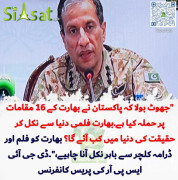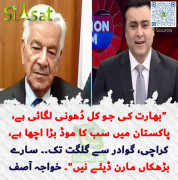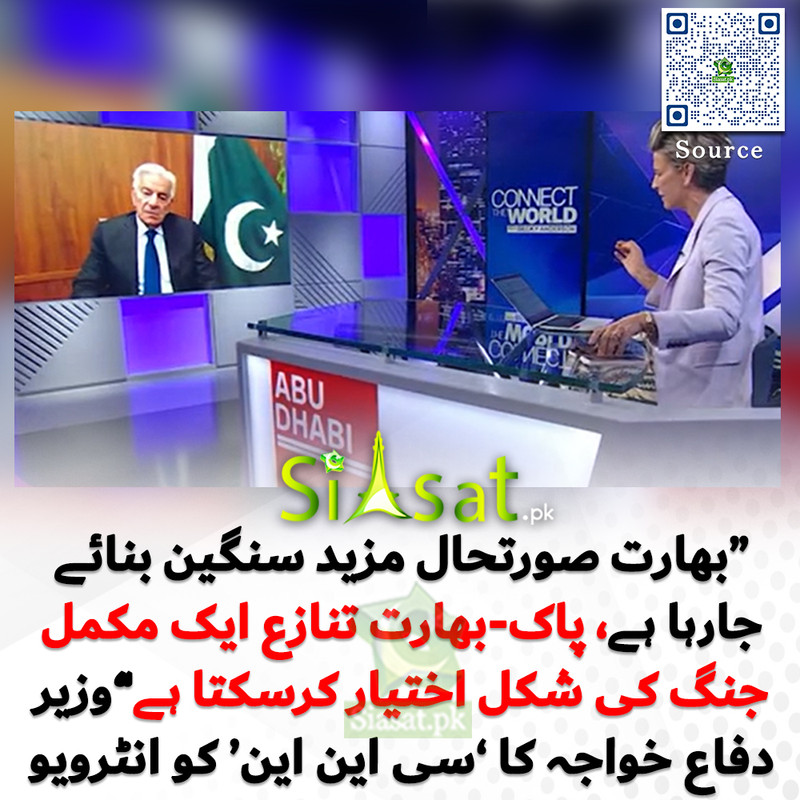Aaina kya sirf India ko dikhane wale ho ? Apne aap ko kab dikhaoge aaina? Pakistan me India ke siwai koi masla nahi hai aisa ab mujhe lagne laga hai.India ke problems yaha dikhakar pakistan ka kya fayda hota hai? Pakistan failed state no 13 hai , uske bare me to koi yaha baat nahi karta. India ki poverty levels 2015 tak drastically cut ho jayenge. Not only that the outlook for India is bright in all respects. You guys don't have any vision for the future that is why you are always harping on negative and try to drag India in to your negativity. Ankhe kholo aur padho kya likha gaya hai. While there are definitely challenges ahead and we don't claim to be perfect but India has a plan and it is working. Aap sirf India ko aaina dikhana. Ab ye aaina jo main dikha rahi hu achi tarah se jagte hue padhna.
According to a 2011 poverty Development Goals Report, as many as 320 million people in India and China are expected to come out of extreme poverty in the next four years, with India's poverty rate projected to drop from 51% in 1990 to about 22% in 2015.The report also indicates that in Southern Asia, only India is on track to cut poverty by half by the 2015 target date.
Ending poverty: targeting investments at the poorest people
We explored all the different sources of money that can be used to end poverty by 2030 in our recent blogs
Ending poverty: where will the money come from? and
Ending poverty: getting the most from aid. We now want to look at how this money can be targeted at the poorest people to have the most impact and achieve our goal to end extreme poverty by 2030. But to make sure that help gets to the poorest people we need to know where they are, and where they are likely to be in 2030.
Between 1990 and 2010, extreme poverty was cut in half. Explore plausible poverty outcomes for 2030 based on models of consumption.
For more information and to view more data visualisations please visit www.devinit.org
These projections are based on Chandy, Ledlie and Penciakova, The Final Countdown: Prospects for Ending Extreme Poverty by 2030 (2013).
Our interactive tool allows you to explore three scenarios for the future of extreme poverty levels both globally and by region up to 2030.
What will poverty look like globally?
By 2030, you can see that the total number of people living in extreme poverty globally is set to fall. The
Brookings Institution suggests that the number of people living in extreme poverty by 2030 could fall to anywhere between 100 million and 1 billion people. As discussed in our first blog on 10 things to do to end extreme poverty by 2030′ this will largely depend on how the benefits of growth are shared with the poorest people.
The number of people in extreme poverty in 2030 could be anywhere between 100 million and more than 1 billion
People in extreme poverty (billions), 19902030
What will poverty look like in different regions?
The interactive tool shows that the regional distribution of poverty is set to shift and is evolving quickly. South Asia is currently home to the largest number of extremely poor people, followed by sub-Saharan Africa. In 2010, India alone was home to a third of the worlds extreme p oor people.
But by 2015, sub-Saharan Africa is set to overtake South Asia as the continent home to the largest number of extremely poor people. In the worst-case scenario, there will be over a billion people in extreme poverty in 2030, almost half (49%) of whom would be in Sub-Saharan Africa. While only around 100 million people would remain in extreme poverty in the best-case scenario, almost all would be in sub-Saharan Africa.
The East Asia and Pacific region in contrast appears to be broadly on track for ending extreme poverty by 2030 particularly in China and Indonesia
and the numbers look set to fall dramatically in South Asia, particularly in India.
What does poverty look like within regions?
As poverty levels vary between regions, they also vary within regions. In sub-Saharan Africa the average incomes of people living in extreme poverty range from as low as $0.53 a day in the Democratic Republic of Congo and Malawi (well below the extreme poverty line of $1.25 a day) up to $1.10 a day in Cameroon (much closer to the extreme poverty line).
Average incomes of extremely poor people in Africa are often far below the $1.25 a day poverty line
Average daily consumption of people living on less than $1.25 a day, 2005 PPP$, 2010
Even in countries with the fastest growth levels, like India, there are people living in pockets of extreme poverty. While India is referred to as a middle income country, 11 of its states including Uttar Pradesh and Bihar would themselves rank among the 20 poorest countries in the world.
So what does this mean for targeting investments at the poorest people?
Now that we know where the poorest people are, and are set to be in 2030, we have a better idea of how we need to allocate money to have the greatest impact on poverty. To get to zero poverty, we need to target resources at sub-Saharan Africa but not forget the people living in the pockets of extreme poverty in middle income countries.
Can we get better at measuring poverty?
To end extreme poverty by 2030 and target money where the need is greatest, we need to get better at measuring poverty. National income and consumption levels are currently the most common measures of poverty. But poverty is not only about income but also wider issues such as access to water, basic health, education and housing.
So, we need to get better at measuring these wider aspects of poverty; producing information on the distribution of poverty within countries, down to the village level; and using more accurate data collection sources and methods. Our next and final blog on Ending Poverty: time for a data revolution will explore the need for better data on poverty in more detail.
Sign the petition to call on every country to commit to support all efforts to end extreme poverty by 2030.
By Sarah Dalrymple, Advocacy & Engagement Advisor | Development Intiatives





































